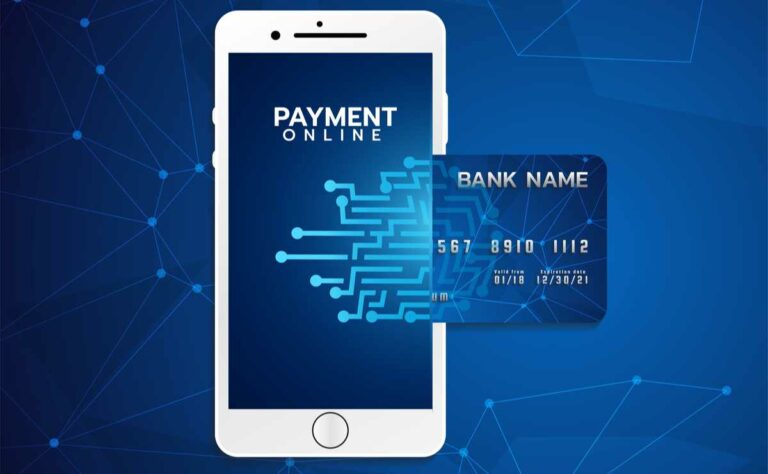4 Tips for Taking on a Personal Loan in 2025

With the recent adjustments made to the federal fund rate, now may be the best time to take out a loan. CNBC’s report on lending rates notes that lending agencies currently have the lowest interest rates in the past three years.
In recent months, however, there has been a hike in interest rates, especially for credit cards – projected to get as high as 18.5% by the end of 2022. In comparison, personal loans only have an average fixed rate of 9.4% and can be used to pay off credit card debts if necessary.
That’s the great thing about personal loans — there are usually no restrictions to where you can use the funds, be it paying for a wedding, house renovation, or medical bills, to name a few.
Most loan contracts usually require you to pay back in monthly installments over time and don’t require collateral to borrow money. As accessible as a loan may sound, there are still some things you should consider. So, here are some tips to help you get the best personal loan possible:
Understand what fees are involved
Before signing a contract, make sure you understand all the details involved with the loan. Some lenders charge for processing fees, loan cancellation fees, past-due-payment penalties, and other additional costs. It’s essential that you research your options thoroughly before settling with one that meets your financial needs. Confirming this information is also important to keep you safe from illegal lenders.
Our post on “Loan Sharks: Meaning, Examples, How to Identify and Avoid” warns that some have unclear or even missing information regarding a loan. Every licensed lender should ensure that you understand the terms, interest rates, duration, total debt, and other necessary information, so it’s important to double-check for yourselves to ensure your own security.
Look into alternative lenders
Sometimes your credit score — a number based on your financial history that determines your creditworthiness — can deter banks from giving you a loan, so it’s best to look into other legitimate lenders outside banks and other formal institutions. There are a number of alternatives to consider. Case in point, there is the Upstart lending platform.
According to a guide by AskMoney on Upstart, this is an AI-based lender that aims to streamline the lending process so it becomes a bit more equitable and accessible. Unlike traditional lenders, Upstart considers borrower education and employment history when calculating creditworthiness. When looking for other alternative lenders, you may have to look into what reasons they approve loans for. In the case of online lender Marcus By Goldman Sachs, they prefer home improvement loans and debt consolidations.
Borrow only what you need
It may be tempting to take out a big loan because you can afford it, but that would mean higher interest rates and higher payments. If ever you face an emergency situation, you may find yourself struggling to keep up with your loan payments.
Figuring out your budget is crucial, and you should prioritize paying off other debts first. You may opt to use a loan calculator to help you estimate how much you would need to pay in the long-term and see what are the most ideal plans for you.
Make timely payments
As with any credit or loan, make sure to repay without fail for the whole duration of the loan. More often than not, people pay late or miss payments altogether, which can hurt your credit score.
A low credit score would make it difficult to secure future loans at lower interest rates, and even possibly have rejected requests altogether. Furthermore, with the rise of inflation, CBS News advises preparing for a recession by paying off your debts as soon as possible.
Having the additional interest on top of reduced wages in a potential recession would make it more difficult to pay on time. Ensuring you’re ready for worst-case scenarios is essential in keeping your good credit score and balancing your finances.





